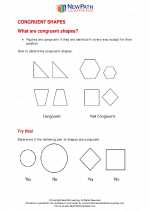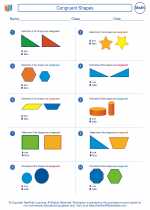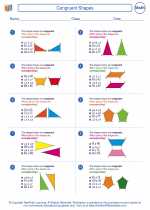Cubic Polynomial
A cubic polynomial is a polynomial of degree 3, meaning the highest power of the variable in the polynomial is 3. The general form of a cubic polynomial is:
f(x) = ax3 + bx2 + cx + d
Where a, b, c, and d are constants, and a ≠ 0.
Key Terms:
- Leading Coefficient (a): The coefficient of the term with the highest power of the variable. In a cubic polynomial, this is the coefficient of x3.
- Constant Term (d): The term without a variable attached, i.e., the constant at the end of the polynomial.
- Roots/Zeros: The values of x for which f(x) = 0. These are the solutions to the equation f(x) = 0 and represent the x-intercepts of the graph of the polynomial.
- Turning Points: Points on the graph where the direction of the curve changes, i.e., where the graph changes from increasing to decreasing or vice versa.
Graph of a Cubic Polynomial:
The graph of a cubic polynomial is a smooth, continuous curve that may have up to two turning points. Depending on the values of the coefficients, the graph may intersect the x-axis at one, two, or three points.
Finding the Roots:
To find the roots of a cubic polynomial, you can use various methods such as factoring, synthetic division, or the cubic formula. Factoring and synthetic division are commonly used for cubic polynomials with rational roots, while the cubic formula can be used to find all roots, including irrational and complex roots.
Study Guide:
To understand cubic polynomials better, follow these steps:- Learn how to identify and write the general form of a cubic polynomial given its coefficients.
- Study the methods for finding the roots of a cubic polynomial, including factoring, synthetic division, and the cubic formula.
- Practice graphing cubic polynomials using transformations and identifying their key features such as roots and turning points.
- Solve problems involving real-life situations that can be modeled using cubic polynomials.
By mastering these concepts and skills, you will develop a strong understanding of cubic polynomials and their applications in mathematics and real-world scenarios.
.◂Math Worksheets and Study Guides Fifth Grade. Congruent Shapes

 Worksheet/Answer key
Worksheet/Answer key
 Worksheet/Answer key
Worksheet/Answer key
 Worksheet/Answer key
Worksheet/Answer key
